Some great images and videos here for anyone planning to race hard in strong winds in a Graduate. - Over 20 knots.
This quick guide should help you prepare for some strong breezes in future. If you are not a Graduate sailor - there is still some great tips.
On Shore Preparation: Sails prepared to counter the draft being pushed aft by the wind:
Jib Cunningham: (See image above) This is a more powerful control than you might imagine. Pull it on hard on the shore after you have applied your rig tension (My rig tension in this shot was 29 on my loose gauge on the shrouds with 3mm wire) which equates to about 400 lbs tension.) The tension pulled on the jib Cunningham should not only take out the wrinkles- but also make the jib lift slightly at the luff in normal conditions. It will look great once it has 20 knots over it, even if it is made with the heaviest of yarn tempering such as is used on our new Rooster OD Tri Radial Graduate Jib.
Main Cunningham: I pulled about as hard as I could on the Cunningham even with its 4:1 purchase which again moves the draft forward to both compensate for the wind pulling it aft but also to enable me to use lots of vang to flatten and depower the mainsail.
Centreboard position: In strong winds there is a high chance that despite all efforts that weather helm might take control - so I might not be quite so excited about getting the board all the way down - I might be happy with it a couple of inches up - but continue to monitor the feel on the helm when the boat is upright - or least when it feels upright.
Jib Cars: I moved the jib cars one hole aft from their maximum power position. I might have gone further, but we were never sheeting the jib in hard - so the leach would rarely hook.
Technique:
Crew Jib Technique: Attempting to control the power with the rudder is not fast, does not feel safe or inspire confidence. Boats should be trimmed with the mainsail, and then when the gust is too much for an ease of the mainsail, then crew will also need to ease or dump the jib. However, the helm will also have to note that they must not sail to the jib tell tails when it is eased. Simply hold the same line as before and allow the luff of the jib to lift and let the power out of the slot with the jib eased.
You can see in the picture that my jib tell tales are lifting - but the boat is reasonably flat and balanced and we are both hiking pretty hard. By easing the jib, we have opened the slot and allowed the main to be trimmed in again slightly so the sails remain balanced.
Get yourself some marks on the deck to observe just how much jib is out. We used the foot of the jib as the mark position - when looking for height in less wind we were sheeting the mid foot of the jib to about 3 inches from the deck edge, in the gusts we were happy to have that mid foot position 2 inches beyond the deck edge. You can see in this short video that we came round the mark - experienced a large gust which meant I had to flog the main - then Harry eased the jib, we held our course and then both sails were then slightly lifting - but we had more balance and speed. When the gust went, Harry re trimmed the jib for more power.
Thanks to Nigel Denchfiield for the use of his video clips.
Try and teach yourself and your crew that the water is the safe place. We had some fun on Saturday practising water starts - well almost. Get the crew to ease the jib and then head up a bit - to simulate a large header - ask the crew to lean out harder and pull the jib in to help bear away and power the boat up. Both helm and crew can act as floats preventing the boat from coming over on top of them. The helm also pulls in the main sail and bears away. The result is both of you come out of the water with smiles on your faces and the boat resumes its normal direction. Once you have done this a few times you can start to realise that sailing the boat flat is easy - even healed to windward is possible - and that the crew gains confidence that they are in control of the balance of the boat. The result is that you can sail to windward rather than spend your time falling over - it tends to make the boat sail higher and faster. You can see this clearly in this video of Harry and I lapping the back of the Graduate Fleet.
Finally - watch this higher quality video of Harry easing the jib at mourn 1:20 - as the main was flogging - Harry had eased the jib to open the slot.
And remember that the boat sails with its sails - not the rudder - in strong winds this priority of concentration is a must, its what the original are all about. last but not least - Boat Trim on the Reaches - 
It is mentioned many times - but when not plane-ing - sit forward - when you are, or about to plane - sit to the back of the boat, but keep an eye out for angry water which indicates that the transom is sinking - and you will need to sit forward again. I hope this helps you to enjoy stronger winds. Happy Sailing






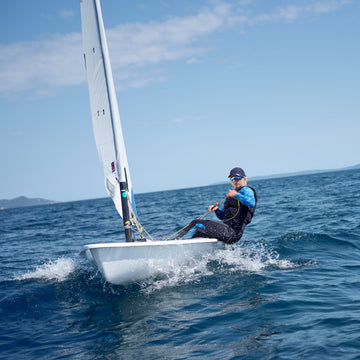
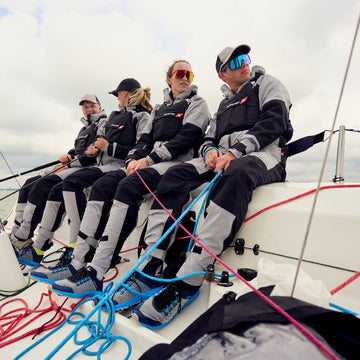



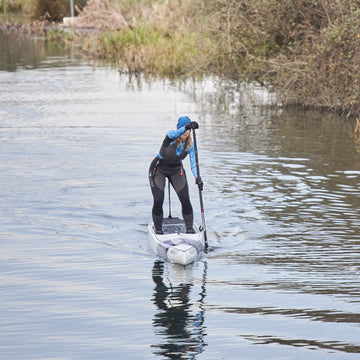
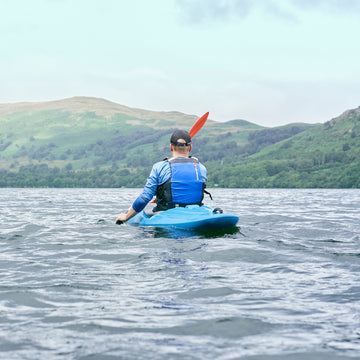
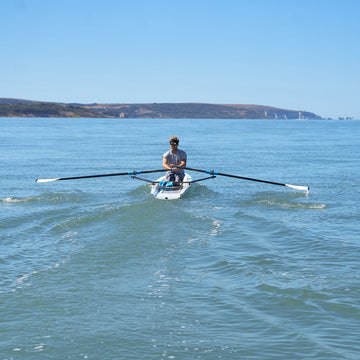
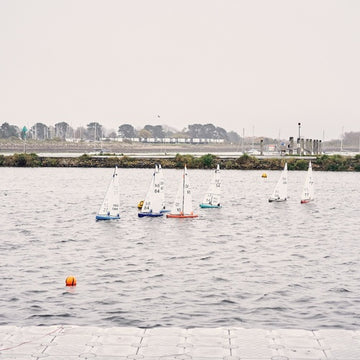

 Select Store
Select Store
 EU
EU
 US
US

